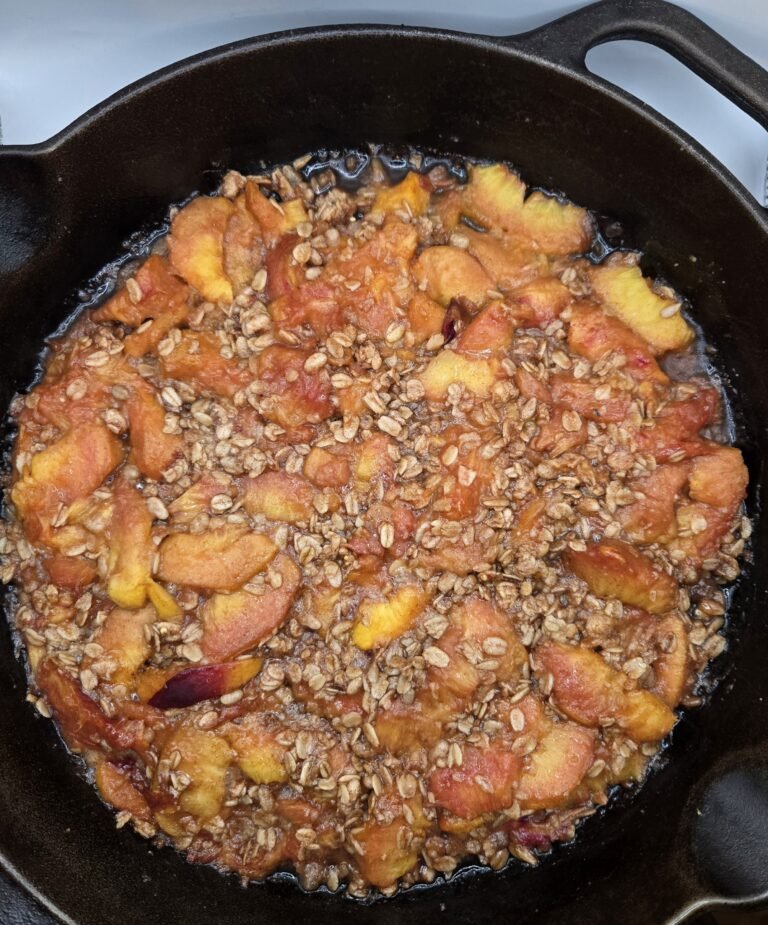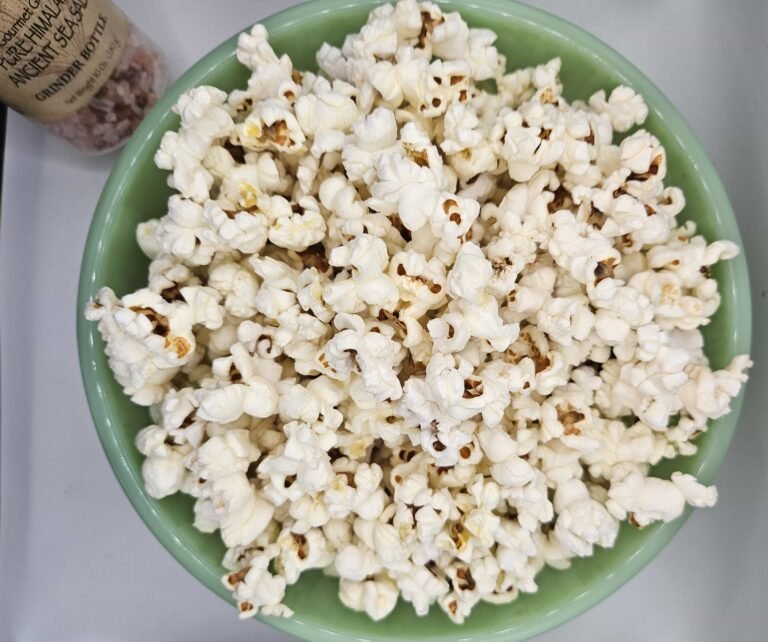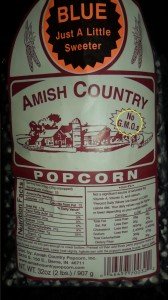
An article in Eating Well this summer gave some misleading information about how much sweet corn in the United States is genetically modified. While it’s true, as stated, that over 90% of the field corn (used for unhealthy things like processed foods, high fructose corn syrup, and cattle feed) is genetically modified, the article stated by comparison, “Last year only 3 to 4 percent of the sweet corn raised in the United States came from genetically modified sweet corn seeds….”[1] It’s misleading because a more accurate statement is that, although only 3-4 percent of sweet corn in the U.S. is purposely genetically engineered, much of the sweet corn has GMO contamination.
Corn is wind pollinated. For GMO-free corn to remain GMO-free, it must either be hand pollinated or isolated by at least ¼ mile between varieties. Ray Wickline, of Blue Faerie Farm in Middletown, MD, explained to me yesterday that farmers can cover the tassels of the corn with plastic sleeves to protect them from wind pollination of GM corn, in addition to making sure their crops are isolated. They put the protective sleeve over the top of each corn stalk before it tassels. Once it tassels, they need to remove the covers and manually pollinate the tassels. Farmers who cannot bother with the time-consuming sleeves are afraid that even if they plant non-GMO seed, the likelihood that the corn was never contaminated is so small, that Monsanto could sue them. If their corn is tested and a percentage of it was wind pollinated by genetically modified Monsanto corn, Monsanto can make a case that the seed was stolen. Farmers have been put out of business by Monsanto lawsuits, so many of them feel it’s basically illegal to use their own non-GMO corn seed.
For those who are interested in purchasing GMO-free seeds, High Mowing Seeds is about to become the first Non-GMO Project Verified vegetable seed company. If you choose to avoid genetically modified corn, you have to talk to your farmer about what kind of seed they use (and they’ll tell you about the pesticides and herbicides they use as well). You can also buy food that is labeled GMO-Free or Non-GMO. If it is not labeled organic or without GMOs, then it is genetically modified (and is not required to be labeled as such).
One time I called a popcorn company to find out their product was genetically modified, and today I will explain how to make perfect popcorn with non-GMO corn. Next time I will buy the cobs and show how to remove the corn, but this time I’m using a packaged blue corn.
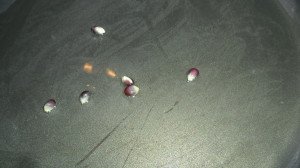
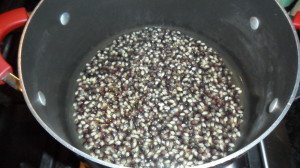
Perfect Popcorn
Put a few kernels of popcorn in the bottom of your pot and add enough avocado oil to cover the tips of the kernels and turn on medium-high heat. When you see the tips of the kernels start to bubble, you know the oil is at the right temperature.
Cover the bottom of the pot with kernels and put on a lid that fits. When the first kernel pops, gently shake the pot so none of the popcorn burns. After the kernels pop and you hear 5 seconds without a pop, they are done. Put in a bowl and add your favorite toppings.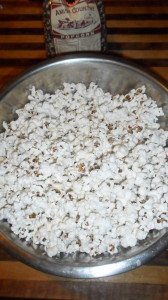
[1] “Sweet Summer Corn,” Barry Estabrook, Eating Well, July/August 2012.

